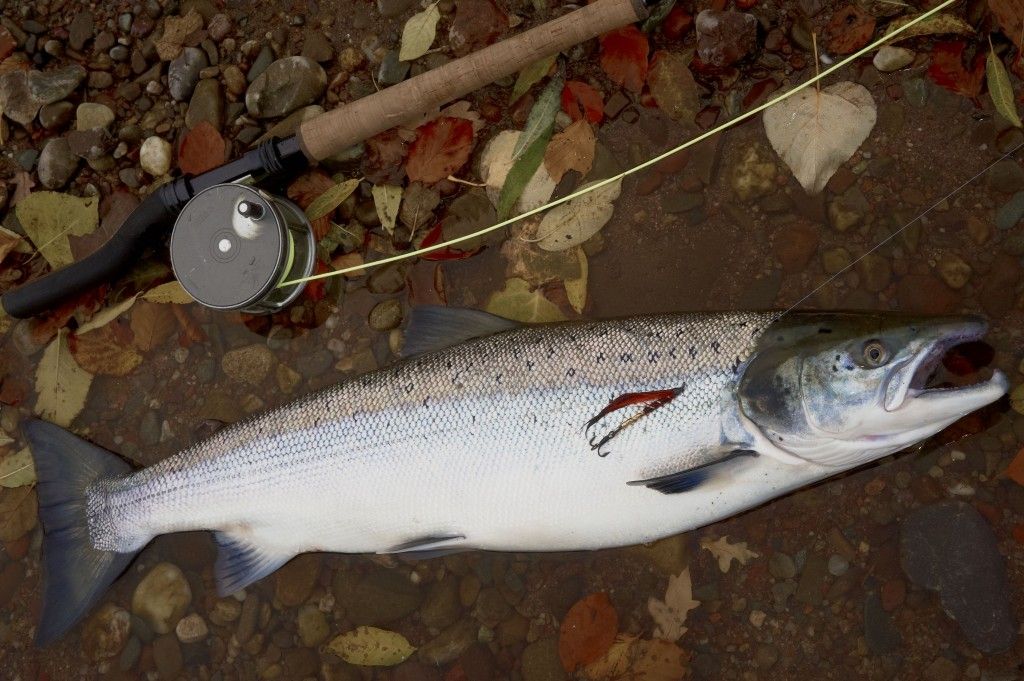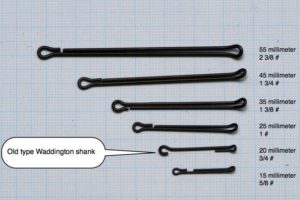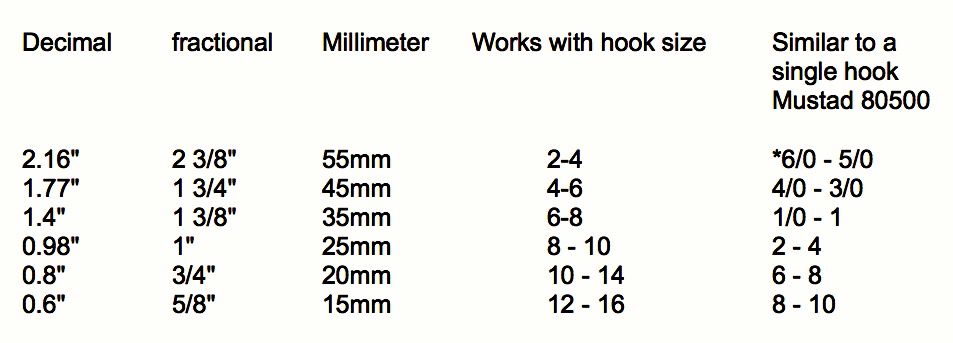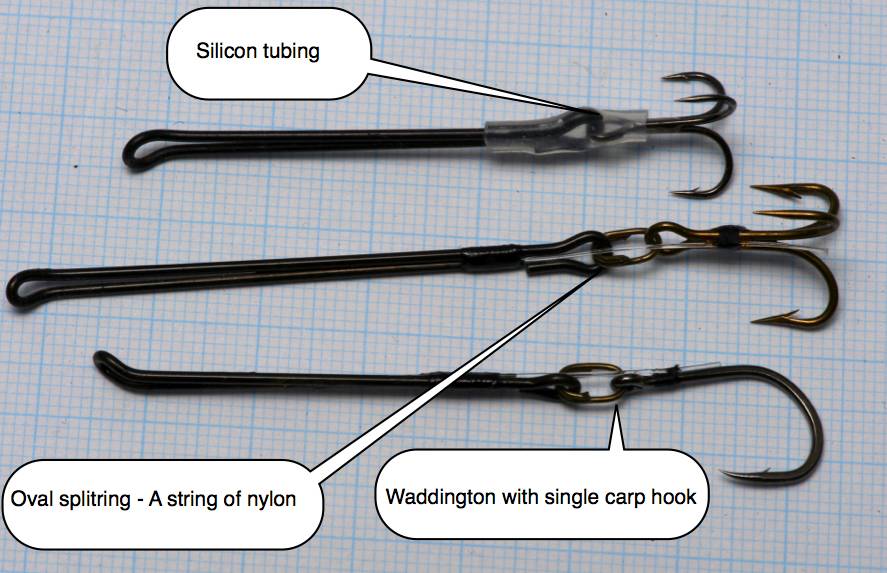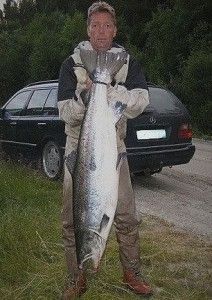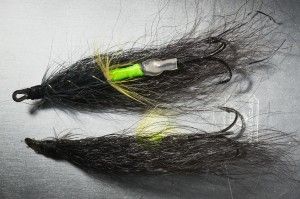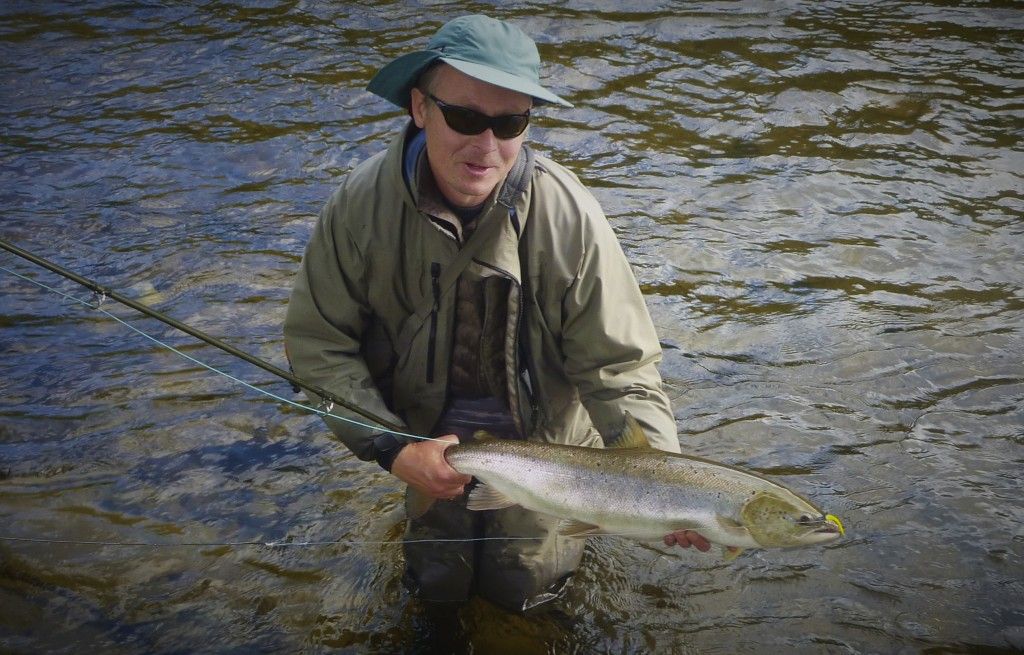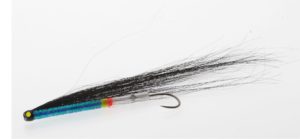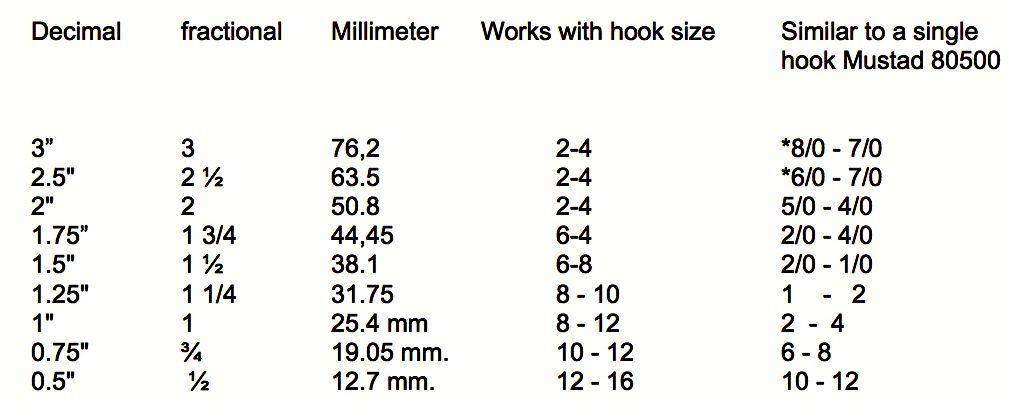
August: My favourite month for fishing – Salmon is starting to settle in the pools – Afternoon is turning into the evening – Winters waiting in the hills.
- Tubes & Waddington Shank – another Ace on your hand
- The Fishmadman 2013 competition
- New things in the FISHMADMAN shop
The Waddington Shank – An ace in your hand
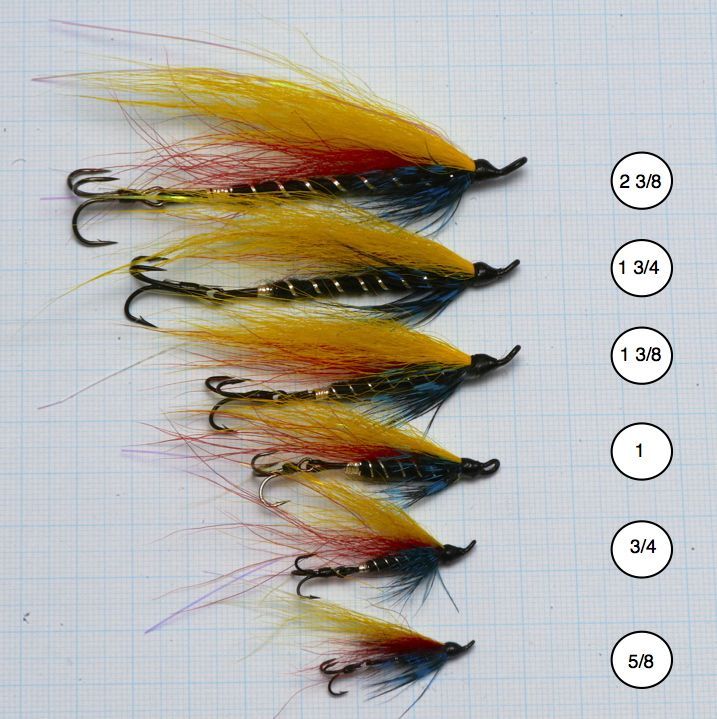
Don’t miss out on the action – Tie on a Waddington shank
Late-season salmon caught on big one ¾ inch Black & Orange Waddington Shank
Many anglers will avoid the Waddington Shanks simply because they find the setup a bit too intricate – that´s a shame as the Waddington Shank offers the river angler yet another instrument for fishing salmon or trout, and the fly tied on a Waddington Shank will behave differently from tube flies or conventional flies – I would not want to part with my range of Waddington Shanks during a salmon season
Size scale for Waddington Shanks
The size scale for tube flies and Waddington Shanks does not follow the hook system, and size is often given in inches. I will, in the following, try to show this scale in a way that might give you an idea of the different physical aspects and how you might make comparisons with a standard hook size
NB. Mustad 80500 BL Used as an example (* is not made bigger than 5/0)
Rigging a Waddington Shank
- Here’s a simple system where a piece of the tube keeps the hook in position. When using this system..make sure to allow the Waddington fly to dry up after each fishing session – otherwise, the hook and shank may rust behind the tubing.
- We have set up a two ¼ inch Waddington Shank with a # 6 Mustad treble hook…Note how I put a split ring between the hook and shank. This will enable me to change the hook more easily than had I placed the hook directly in the rear of the shank. Additionally, I have added a piece of 0.55 millimetre nylon (tied down on the hook and shank) – This will keep the hook pointing straight behind the shank
- I have also tied a piece of mono to the shank and fixed the mono to this single hook – so the hook sits in a straight line out from the fly.
UP-SIDE-DOWN Waddington Shank
Mr Hotho Vestergaard is the only salmon angler we know – that has caught three salmon in the 20-kilo range (+ 44 lb.) –
You might want to check out his fly-tying style on Waddington Shanks.
This salmon + 21-kilo (+ 46 lbs.)
Fishmadman friend and salmon-angler-Jedi Mr Hotho Vestergaard is a great believer in the Waddington Shank system. Hotho makes his Waddington fly upside-down, or rather: he turns the eye of the shank facing downwards – This will make the shank work in new ways – with a slightly diving motion that Hotho prefers on specific types of fast water
When a spate runs through the river, those two days after the spate will be ideal for a big fly like this 1 3/4 # Waddington Shank Garry Dog…
Size scale for tube flies
Like the Waddington Shank, the tube fly offers the river angler unique ways to present the fly – some so exclusive that we had to design a place on the web dedicated to the world of tube flies. In Europa and particularly in Scandinavia, the tube fly crowds the fly box – some may say it is a matter of fashion trends. Still, the success of the tube fly is by far attributed to the incredible versatility and adjustability of the tube fly system.
10 inches below the surface is a hot area to present the fly to Atlantic salmon during summer, and many anglers will tie tube flies specifically to target this area using either floating or slow-sinking fly lines
Read more about the first Tube flies
NB. Mustad 80500 BL Used as an example (* is not made bigger than 5/0)

